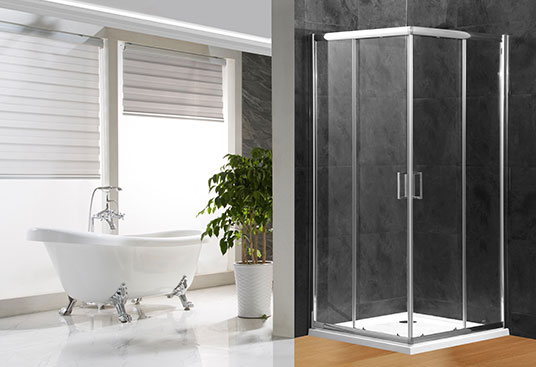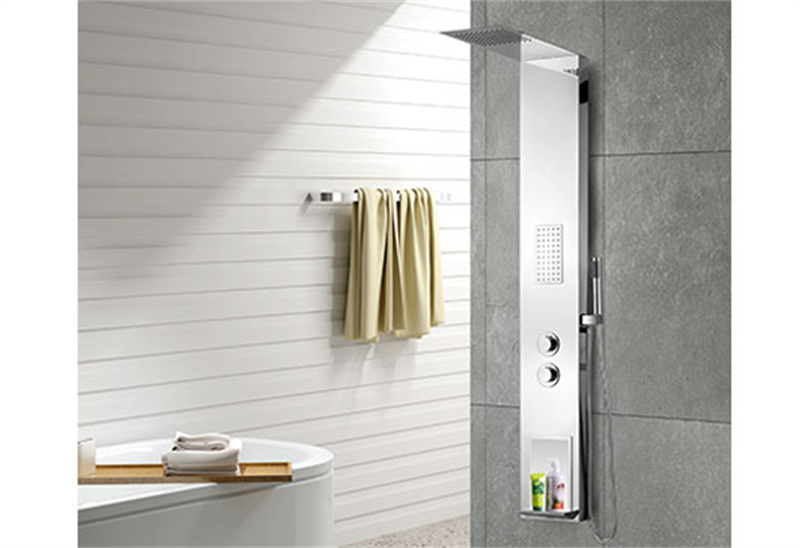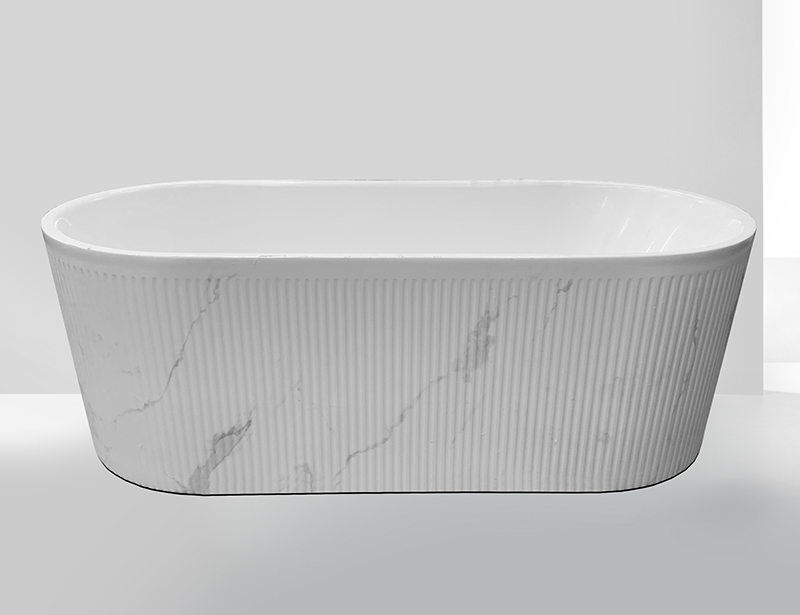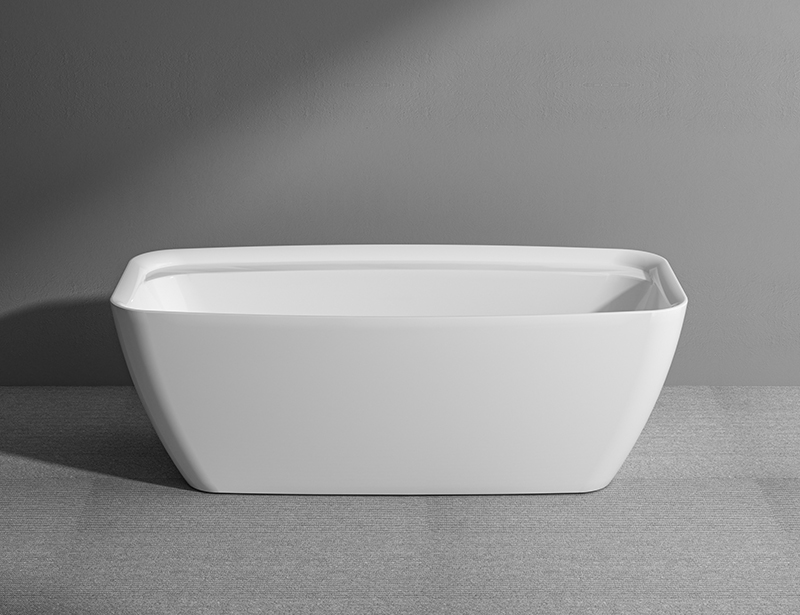Drop-in bathtub installations can present several common issues or challenges that homeowners or professionals may encounter. Being aware of these challenges and how to address them can help ensure a successful installation. Here are some of the most frequent issues:
Improper Framing or Support: Inadequate framing or support beneath the tub can lead to structural problems. The floor should be strong enough to support the weight of the tub when filled with water and occupants. Ensure proper reinforcement if needed.
Leveling and Alignment: Achieving a level and well-aligned installation is crucial for both aesthetics and functionality. If the tub is not level, it can lead to water pooling in certain areas and uneven wear on the tub.
Plumbing Rough-In Errors: Incorrect plumbing rough-in can result in leaks, poor drainage, or issues with faucet and drain alignment. Ensure that plumbing connections are properly installed and aligned with the tub's fixtures.
Waterproofing and Sealing: Proper waterproofing is essential to prevent water damage to the surrounding walls and floor. Ensure that the area around the tub is adequately waterproofed, and seams and joints are sealed to prevent leaks.
Drain Connection Issues: If the drain is not properly connected or sealed, it can lead to leaks and water damage. Make sure the drain assembly is correctly installed and sealed.
Fitting the Tub into the Alcove or Deck: If the tub is not measured or fitted correctly into the designated alcove or deck space, it can lead to alignment problems, gaps, or an uneven appearance.
Access for Maintenance: Consider future maintenance and repair needs. Ensure that there is adequate access to the tub's plumbing and fixtures in case of any issues down the line.
Weight Distribution: Depending on the material of the tub and its size, the weight distribution can vary. It's essential to distribute the weight evenly across the support structure to prevent stress on any single point.
Electrical Requirements: If the drop-in tub includes features like jets, lighting, or heating elements, electrical connections must be correctly installed, grounded, and in compliance with local electrical codes.
Trim and Finish Work: The trim and finish work around the tub's deck or surround should be carefully done to ensure a polished appearance and prevent water intrusion.
Aesthetic Considerations: Ensuring that the tub is centered, aligned, and level can be a challenge, especially in bathrooms with complex designs or non-standard spaces.
Ventilation: Adequate bathroom ventilation is essential to prevent mold and mildew growth. Ensure that the bathroom has proper ventilation to keep the area around the tub dry.
To avoid these common issues, it's advisable to work with experienced professionals or follow manufacturer guidelines closely during the installation process. Proper planning, accurate measurements, and attention to detail are key to a successful drop-in bathtub installation.








